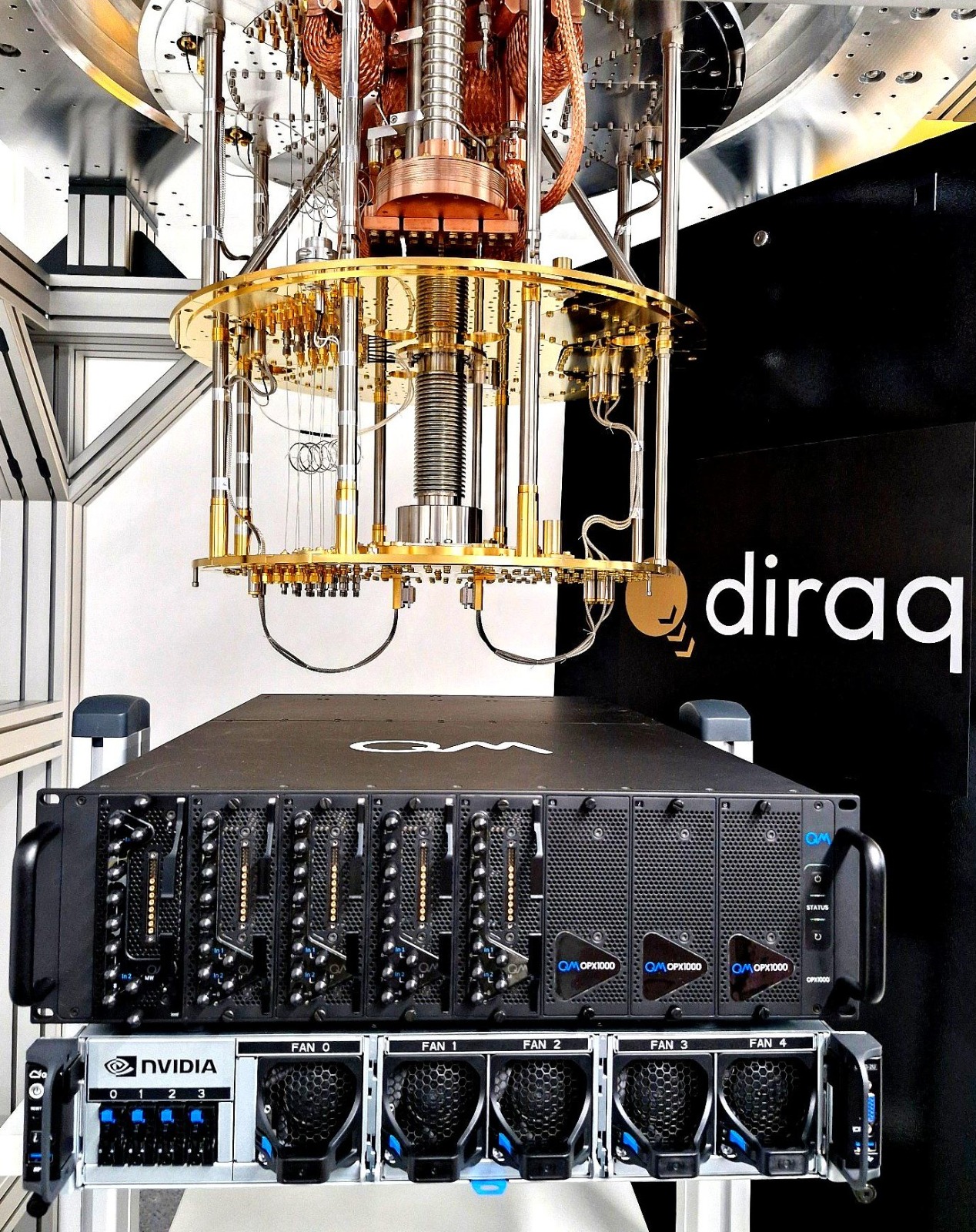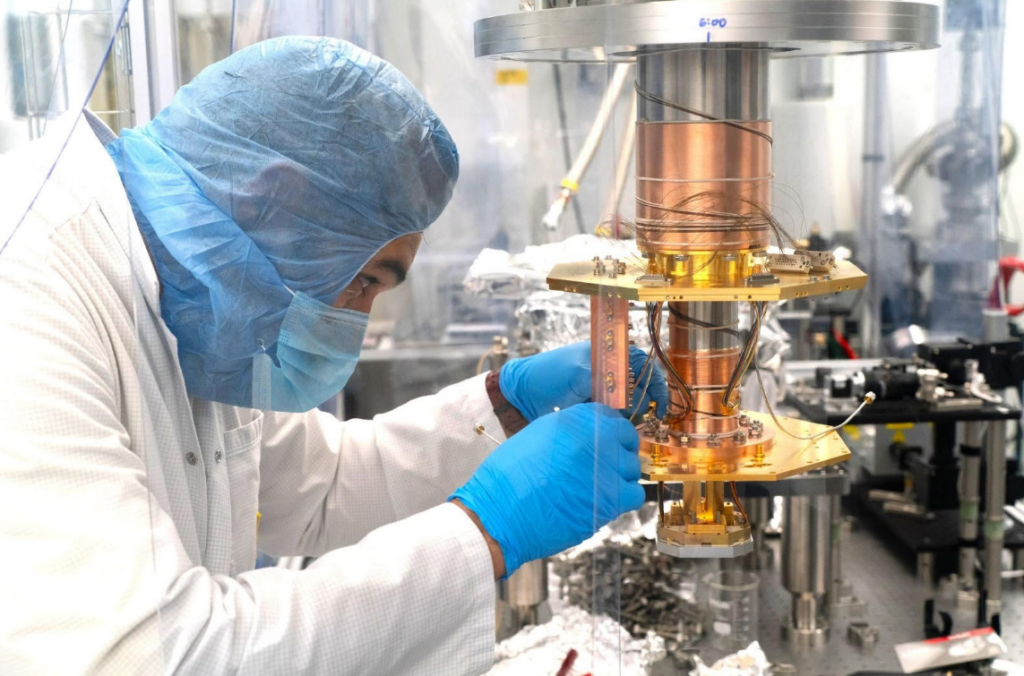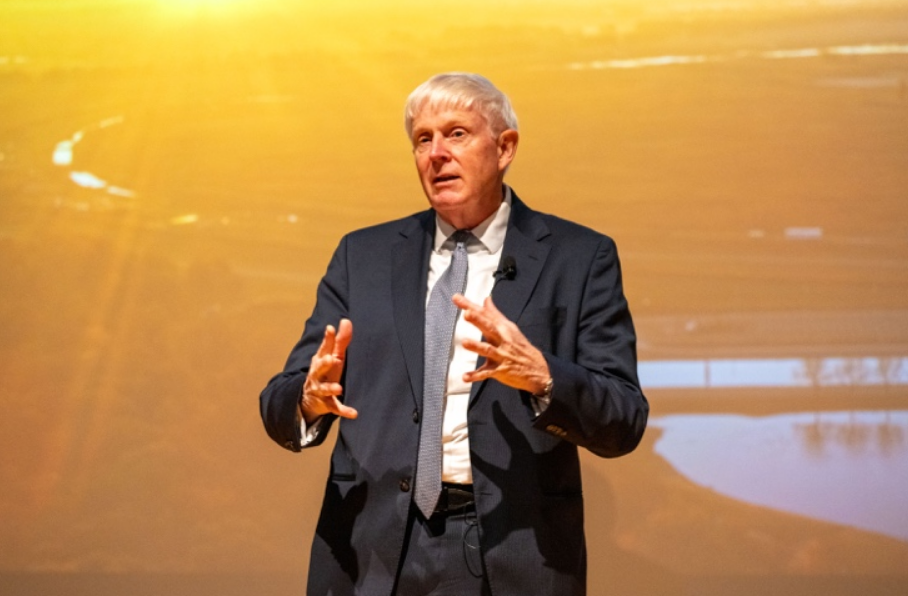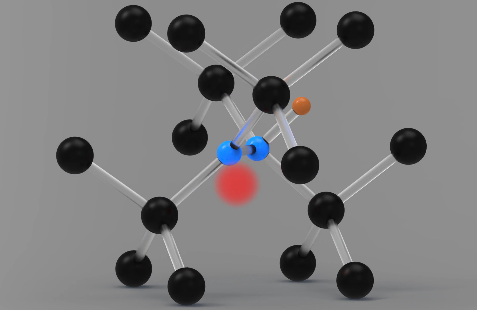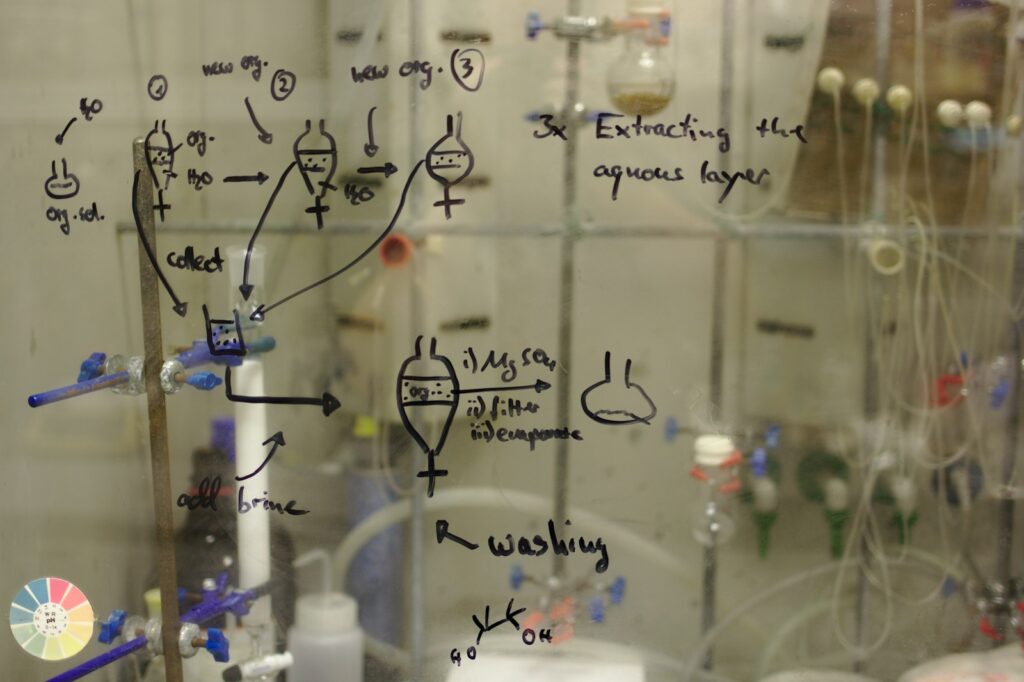Insider Brief:
- Diraq and QM Technologies integrated NVIDIA’s DGX Quantum architecture with silicon quantum processors, achieving a 3.3-microsecond communication speed between quantum hardware and NVIDIA Grace-Hopper superchips using QM’s OPX1000 controller.
- The team demonstrated three applications within one week: real-time correlated readout, automated calibration via GPU-accelerated machine learning, and faster quantum state initialization.
- GPU acceleration proved essential for tasks beyond FPGA capabilities, enabling real-time quantum control, reduced calibration time, and immediate feedback loops critical for maintaining quantum coherence.
- The collaboration positions hybrid quantum–classical systems as a practical reality, with plans to support real-time error correction and deeper integration with NVIDIA’s CUDA-Q development platform.
PRESS RELEASE — Diraq and QM Technologies Inc. today announced the first-ever tight integration of GPUs and silicon quantum processors with the deployment of a system using the NVIDIA DGX Quantum architecture to achieve real-time communication speeds of 3.3 microseconds between quantum hardware and NVIDIA Grace-Hopper superchips, orchestrated through QM’s OPX1000 hybrid controller.
Working at Diraq’s Sydney laboratories, engineers from Diraq and QM demonstrated how GPU acceleration can solve critical bottlenecks in quantum computing.
The team implemented three applications that address fundamental scaling challenges: a real-time readout enhancement that was previously only possible through post-processing, automated calibration using machine learning, and accelerated quantum state initialization.

The results were achieved within just one week of DGX Quantum installation at Diraq’s facilities, demonstrating the system’s ability to have an immediate impact on quantum computing research. The system combines NVIDIA Grace Hopper with QM’s OPX1000 control system, enabling quantum processors to leverage AI and other GPU-accelerated computation in real-time.
“The importance of integrating classical computing power with future quantum computers can’t be understated,” said Andrew Dzurak, CEO and Founder of Diraq. “This collaboration pushes the limits of real-time quantum control, highlighting the remarkable integration potential of Diraq’s silicon qubit arrays. We would not be able to achieve these results so fast if it weren’t for our partnerships with QM and NVIDIA.”
The most significant achievement was implementing correlated readout in real-time, building on methods from Diraq’s published research. This complex signal processing task requires computational power beyond what traditional Field-Programmable Gate Arrays (FPGAs) can provide, making GPU acceleration essential. Machine learning algorithms running on the GPU also automated calibration processes that traditionally require hours of manual tuning, while Diraq’s algorithmic initialization protocols (detailed in their recent Nature publication) used GPU acceleration to achieve faster state preparation, which is critical for ensuring quantum states can be prepared before they degrade.
“When we first envisioned DGX Quantum, we knew the real test would be whether quantum computing teams could achieve meaningful results quickly,” said Itamar Sivan, CEO and Co-Founder of QM. “Diraq’s success in developing three distinct applications within a week proves that quantum-AI integration has moved beyond the hype stage. We’re seeing researchers solve real problems by combining quantum and classical processing in ways that weren’t possible before.”
The 3.3-microsecond round-trip time between the quantum processor and GPU is crucial for these achievements. This low latency enables real-time feedback loops, sending commands and receiving responses before quantum information degrades, which is essential for practical quantum computing.
“This collaboration exemplifies the future of computing, with GPU and QPU seamlessly integrated to expand what can be achieved with accelerated computing,” said Tim Costa, senior director of quantum and CUDA-X at NVIDIA. “DGX Quantum enables the huge advances made in AI algorithms and hardware to be brought to quantum computing workloads, and allows the development of hybrid algorithms that will pioneer new areas of computing.”
Looking ahead, DGX Quantum will be able to support real-time error-correction protocols on a hybrid quantum–classical architecture. DGX Quantum also enables Diraq’s hardware to be directly integrated with NVIDIA’s open-source quantum development platform, NVIDIA CUDA-Q, highlighting the viability of GPU-based control for future quantum computers.
The results will be highlighted at GTC Paris 2025, where NVIDIA’s Director of Quantum Algorithm Engineering, Elica Kyoseva, will discuss the future of hybrid quantum-classical algorithm development.
SOURCE: Diraq

